Vintage Anatolian Jijim Rug 5' 1" x 11' 1" (61" x 133")
Type:
Kilim RugsCollection:
JijimsID:
K0074649Size:
Material:
Design Elements
- Overall Structure:
- The kilim exhibits a panel design featuring repeating geometric motifs.
- The layout typically consists of hexagonal shapes interspersed with smaller repetitive patterns, creating a rhythmic visual flow.
- Geometric Shapes:
- Hexagons represent unity and interconnectedness, symbolizing relationships and bonds within the community.
Design Elements
- Overall Structure:
- The kilim exhibits a panel design featuring repeating geometric motifs.
- The layout typically consists of hexagonal shapes interspersed with smaller repetitive patterns, creating a rhythmic visual flow.
- Geometric Shapes:
- Hexagons represent unity and interconnectedness, symbolizing relationships and bonds within the community.
- Stars within the hexagons signify hope and aspiration, representing the guiding light for travelers and those in search of a fulfilling life.
- Border Decorations:
- Intricate border patterns enhance the overall design, incorporating smaller motifs that tie the piece together.
- These borders represent the protective barriers of home and family values.
Colors
- Rich Color Palette:
- The kilim features earthy tones, evoking a sense of warmth and stability.
- Vibrant colors such as pink, orange, and yellow reflect the lively spirit and joy within the community, signifying celebrations and cultural richness.
- Contrast:
- The interplay of dark and bright colors enhances the visibility of the motifs, making them stand out and attracting the viewer's attention.
- This contrast symbolizes the balance of life, the presence of darkness alongside light, thus representing duality in existence.
Main Motifs and Their Symbolism
- Geometric Patterns:
- These patterns symbolize the unchanging nature of the universe and the cyclicality of life.
- They also represent the weaver's skills and the heritage of the community.
- Floral Motifs:
- Floral designs signify life, beauty, and the natural world, showcasing the connection to the earth.
- They represent fertility and prosperity, reflecting the agricultural nature of the region.
- Symbolic Animals:
- Occasionally included, specific animal motifs may symbolize protection and guidance.
- These symbols reinforce the idea of harmony in nature and the role of animals in the folklore of the community.
Summary
This vintage Anatolian kilim rug woven with the jijim technique showcases a rich tapestry of colors and intricate design elements. The use of geometric and floral motifs not only enhances its aesthetic appeal but also conveys deep symbolism related to unity, hope, life, and natural harmony. The contrasting colors elevate the visual impact, emphasizing the cultural significance and skilled craftsmanship inherent in the piece. Overall, the rug serves as both a functional object and a narrative of the community’s values and stories.
- Ships in 1-4 business days
- Only one in stock, handmade, unique
- Free shipping via FedEx Express. Easy returns
- Contact us or add a note to your order if you want us to delay your shipping.
- Request more info if you want this rug shorter or narrower
Colors may appear slightly different across various monitors due to screen settings device differences, and external lighting conditions. If color accuracy is important for your space, we recommend viewing the rug on multiple devices or contacting us for a detailed color description. We can provide detailed photos and references using Sherwin-Williams, Benjamin Moore, Pantone, or even Crayola crayons.
You can also visualize most of our products in your own room with AR (augmented reality) on an iPhone or iPad.
Return Policy
Need a rug pad? We recommend RugPadUSA
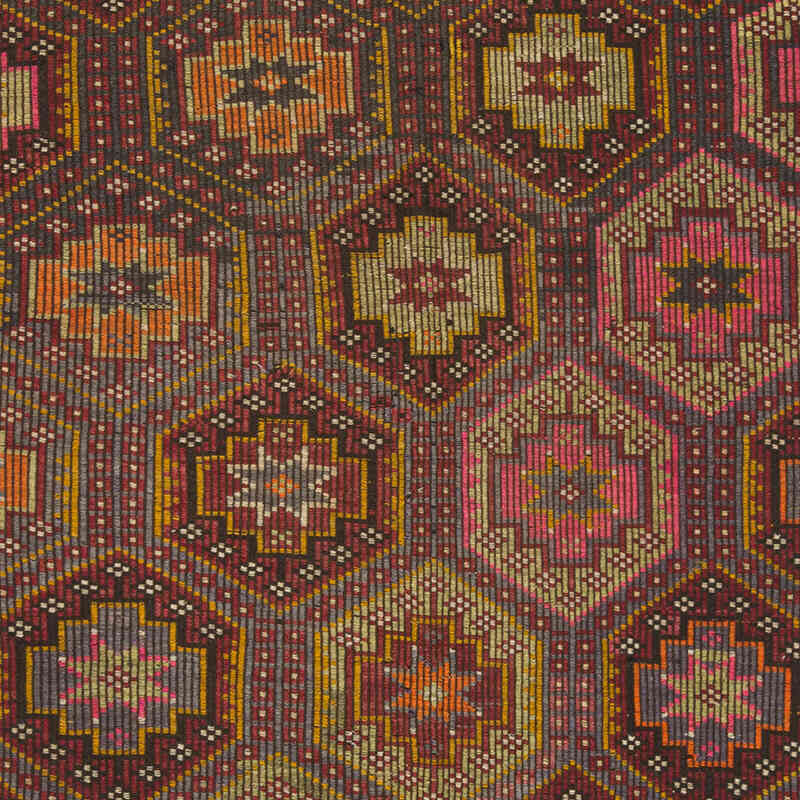
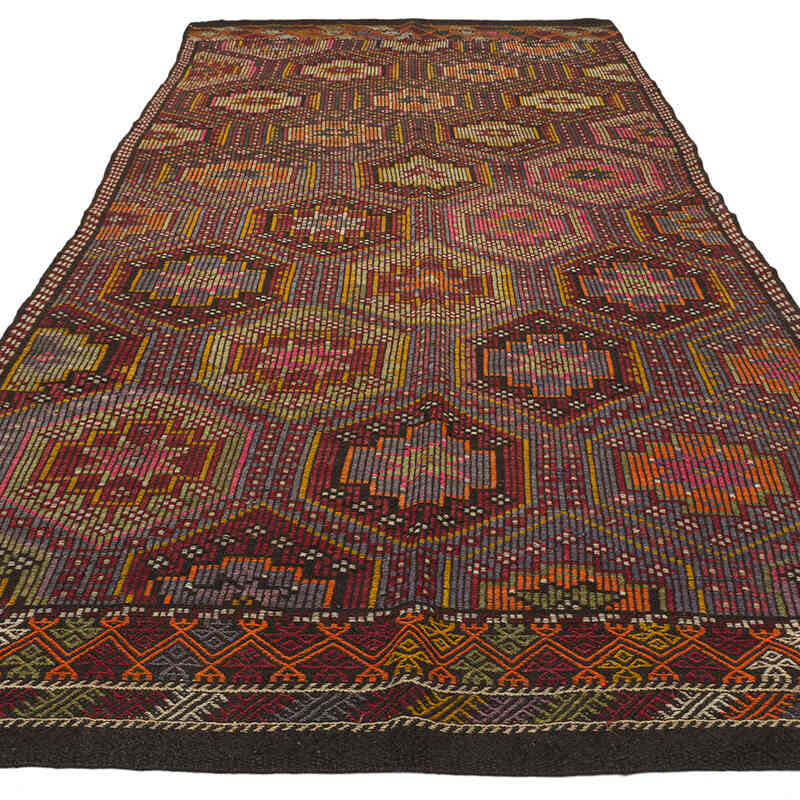
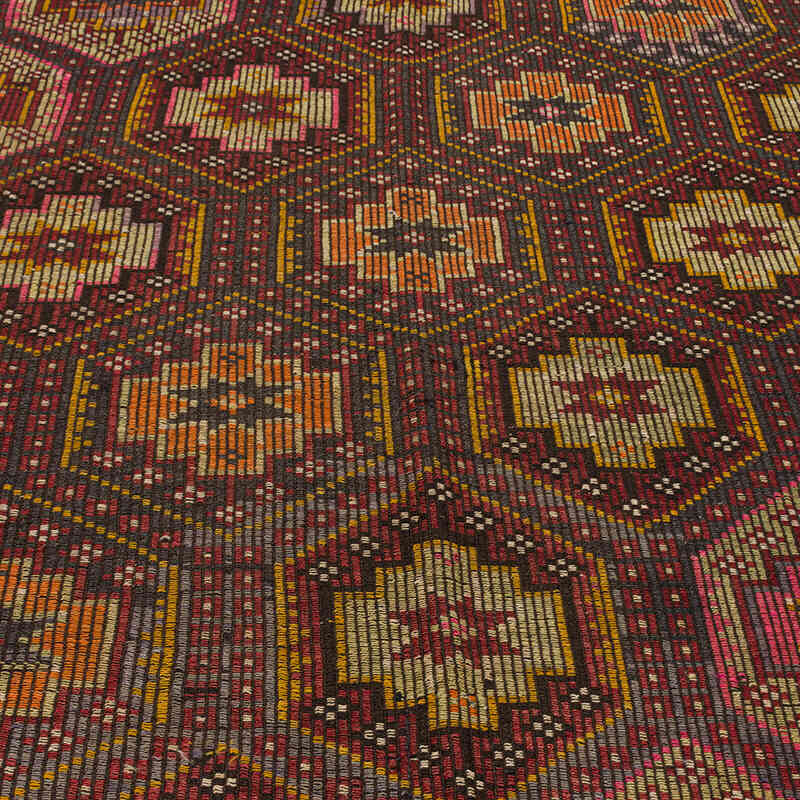
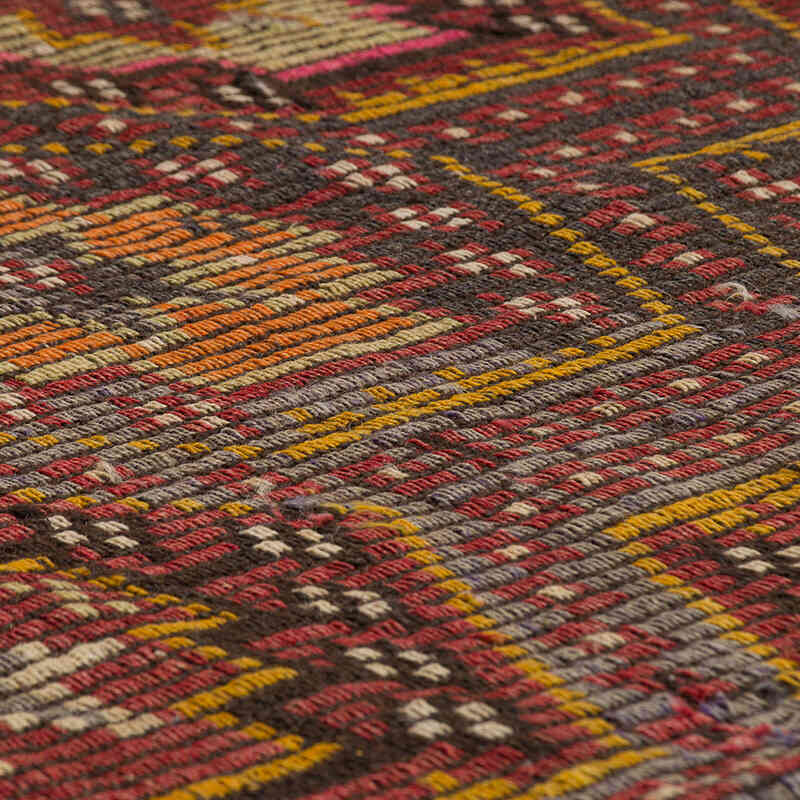
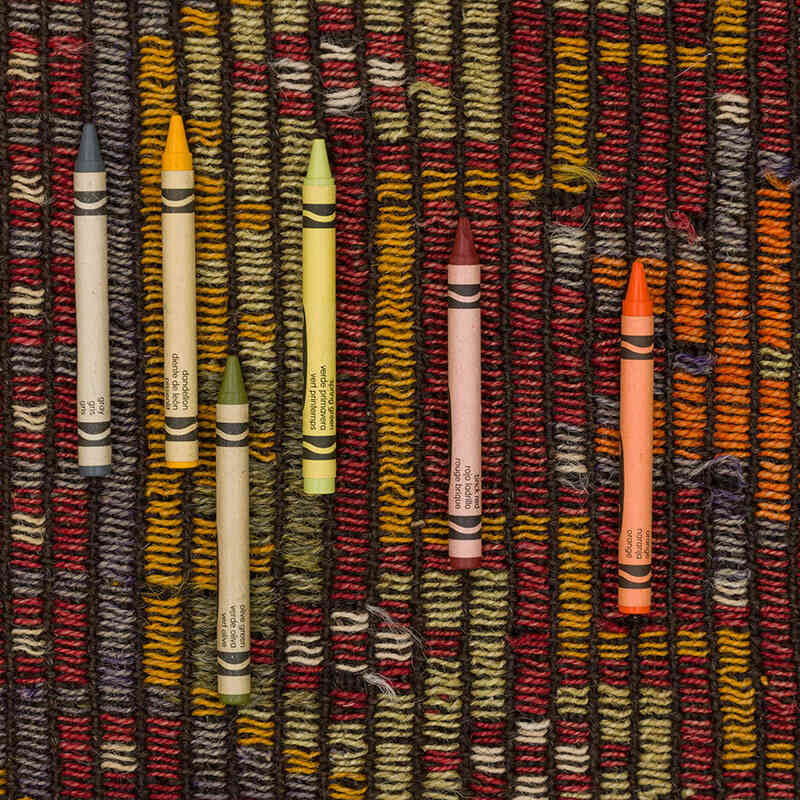
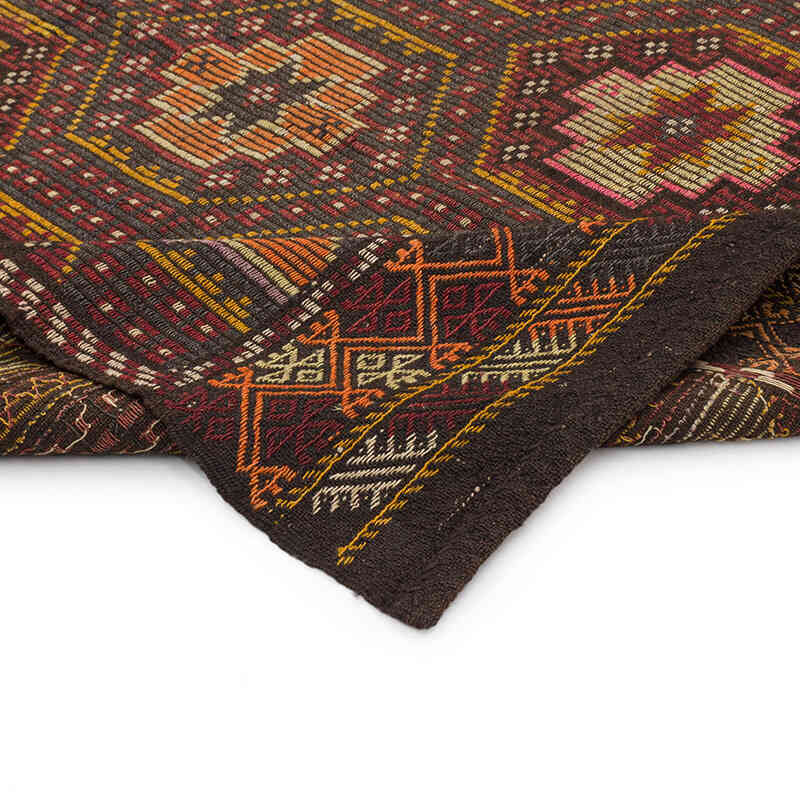
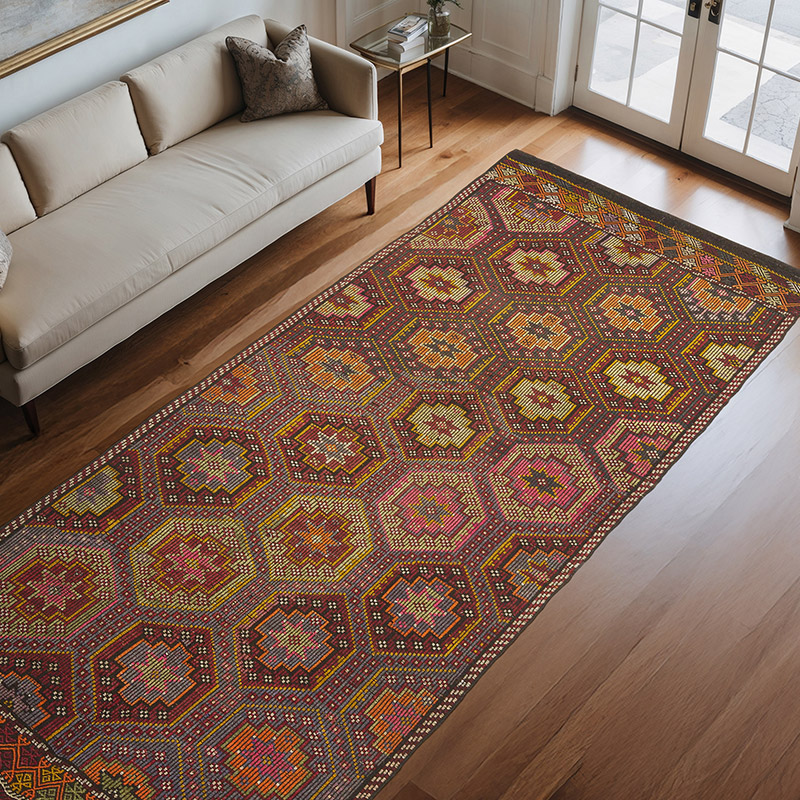

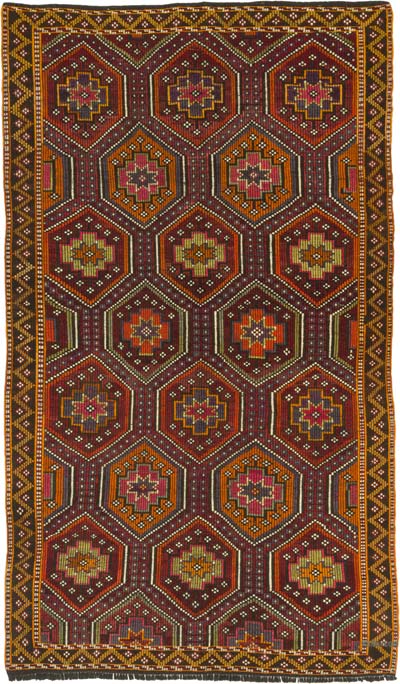
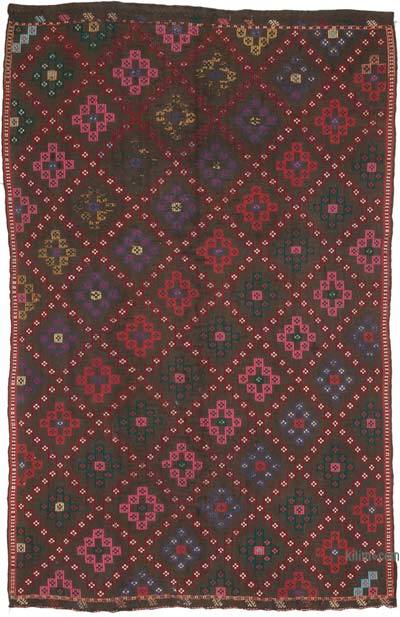
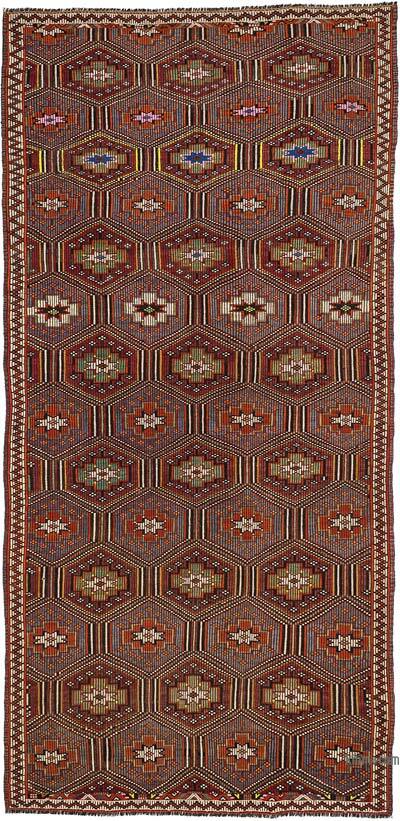

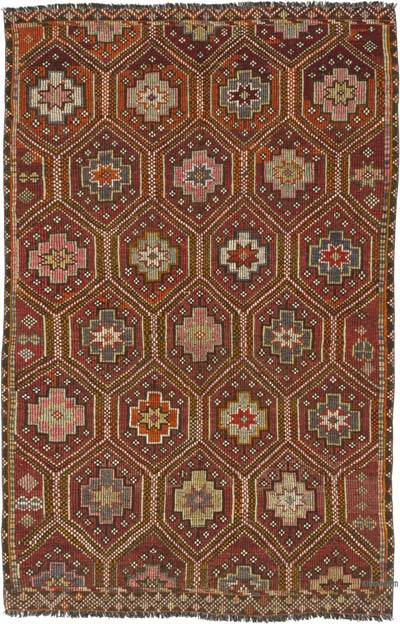
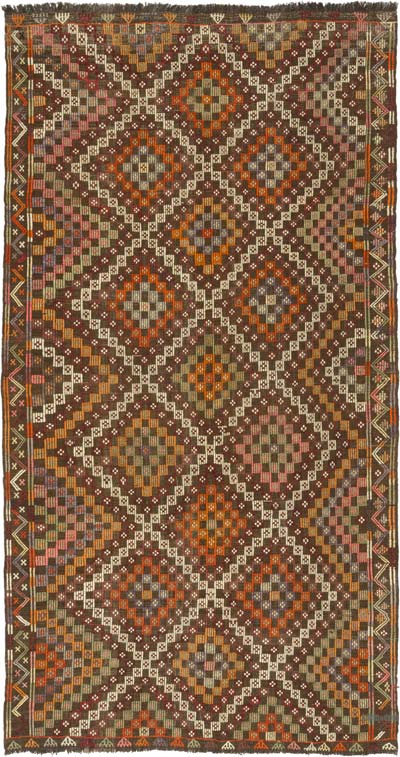
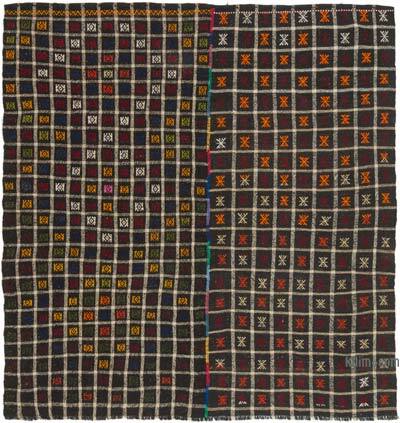
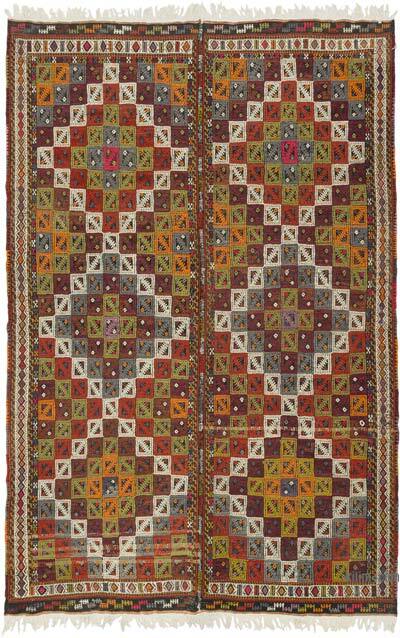
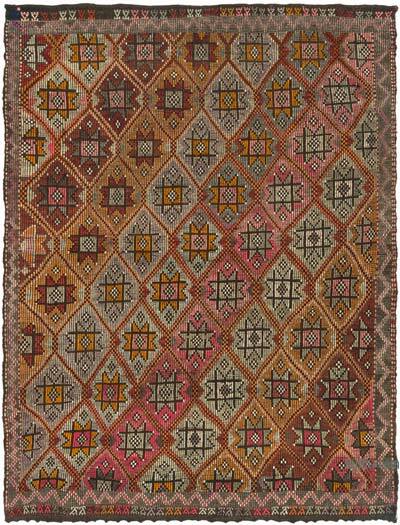
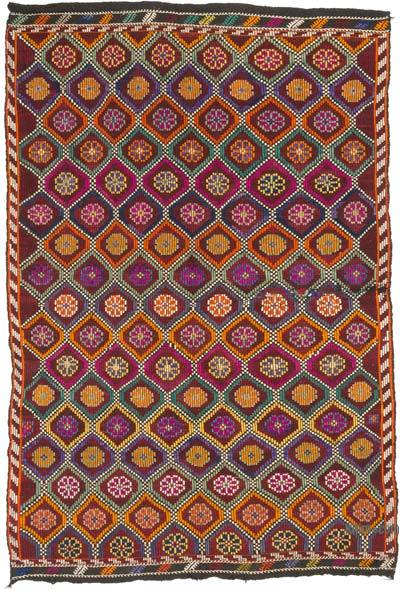

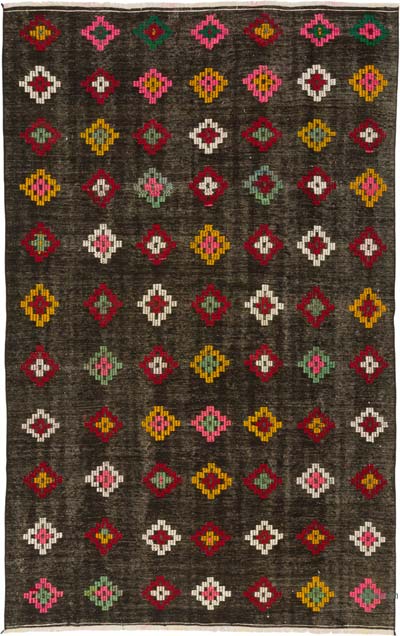

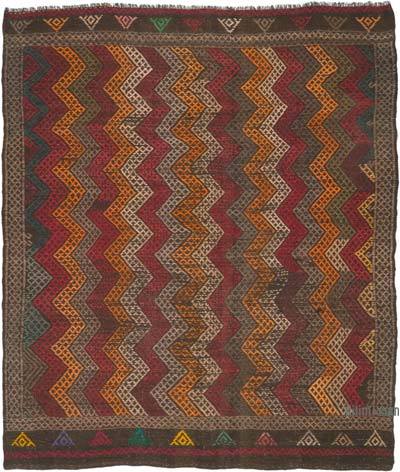
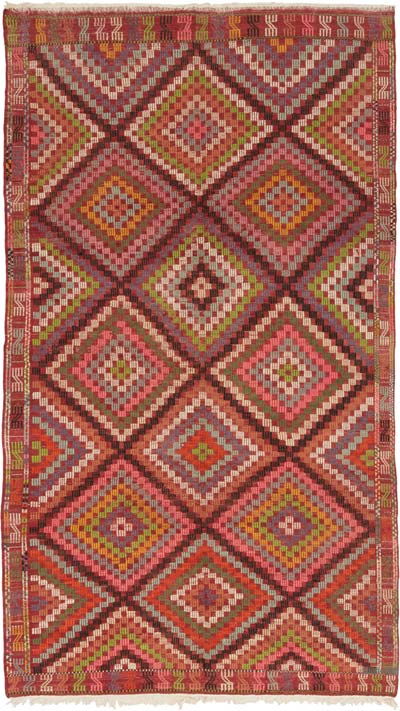
Quick shipping